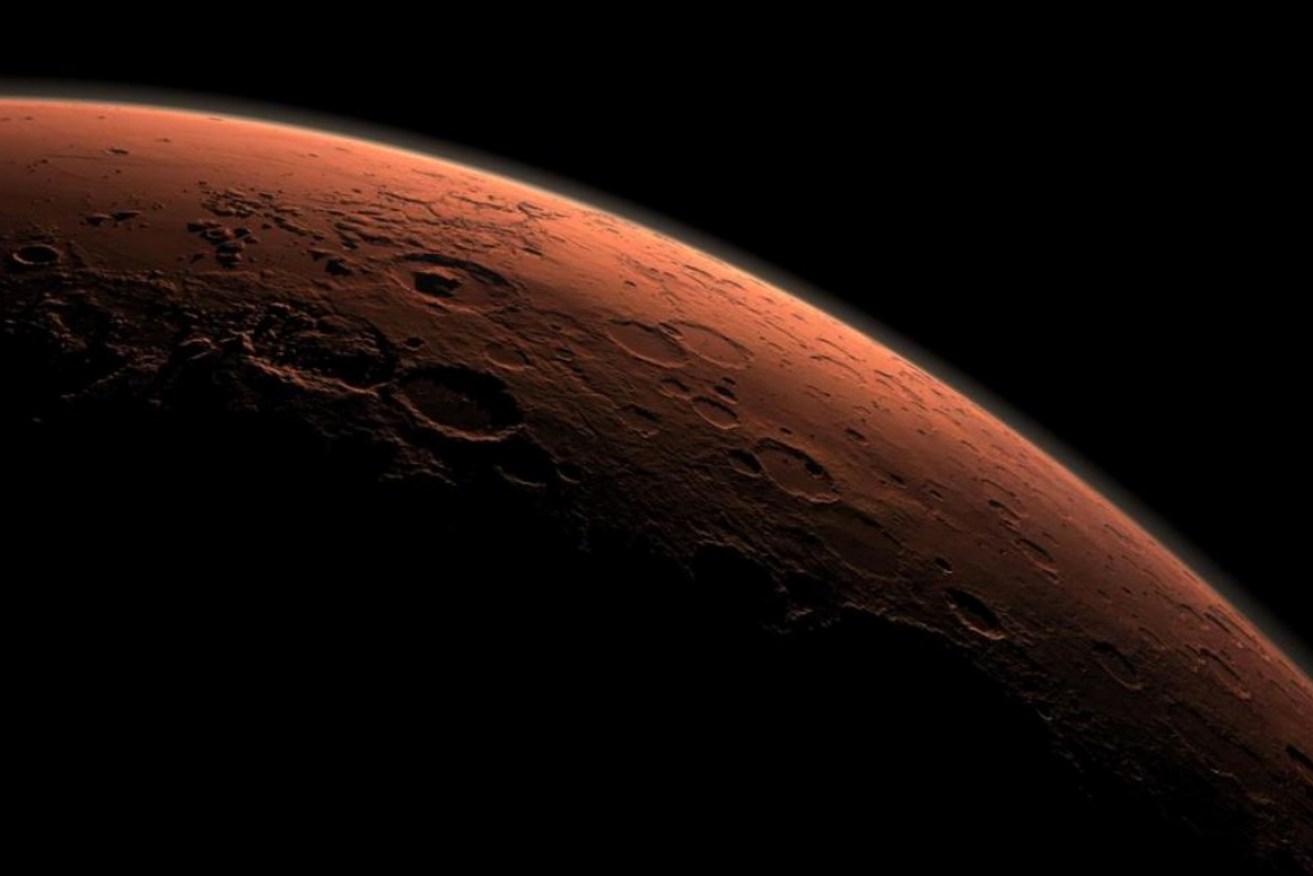Mars discovery signals possibility of life: NASA

NASA's Curiosity rover has found organic compounds on the surface of Mars. Photo: NASA
A NASA rover has detected a bonanza of organic compounds on the surface of Mars and seasonal fluctuations of atmospheric methane, in findings that mark some of the strongest evidence ever that Earth’s neighbour may have harboured life.
But scientists from the US’s National Aeronautics and Space Administration have emphasised there could be non-biological explanations for both discoveries made by the Curiosity rover at a site called Gale crater, leaving the issue of Martian life a tantalising but unanswered question.
Three types of organic molecules were discovered when the rover dug just five centimetres into roughly 3.5 billion-year-old mudstone, a fine-grained sedimentary rock, at Gale crater. The crater was apparently the site of a large lake when ancient Mars was warmer and wetter than the desolate planet it is today.
Curiosity also measured an unexpectedly large seasonal cycle in the low levels of atmospheric methane.

View from the Mast Camera on NASA’s Curiosity Mars rover. Photo: Getty
About 95 per cent of the methane in Earth’s atmosphere is produced from biological activity. The scientists say it is too soon to know if the Martian methane also is related to life.
Organic molecules are the building blocks of life, but they can also be produced by chemical reactions unrelated to life. The scientists said it is premature to know whether or not the compounds were created in biological processes.
Whether anywhere other than Earth has harboured life, perhaps even in microbial form, is one of the paramount questions in science.
“There’s three possible sources for the organic material,” said astrobiologist Jennifer Eigenbrode of NASA’s Goddard Space Flight Centre in Maryland.
“The first one would be life, which we don’t know about. The second would be meteorites. And the last one is geological processes, meaning the rock-forming processes themselves.”
In 2014, the rover, which has allowed scientists to explore whether Mars ever had conditions conducive to life, made the first definitive detection of organic molecules, also in Gale crater rock. But that was a much more limited set of compounds.
“What the organic detections in the rock do is to add to the story of habitability. It tells us that this ancient environment on Mars could have supported life,” Dr Eigenbrode said.
“Everything that was needed to support life was there. But it doesn’t tell us that life was there.”
The scientists hope to find better preserved organic compounds with Curiosity or other rovers that would allow them to check for chemical signatures of life.
The research was published in the journal Science.
-AAP








